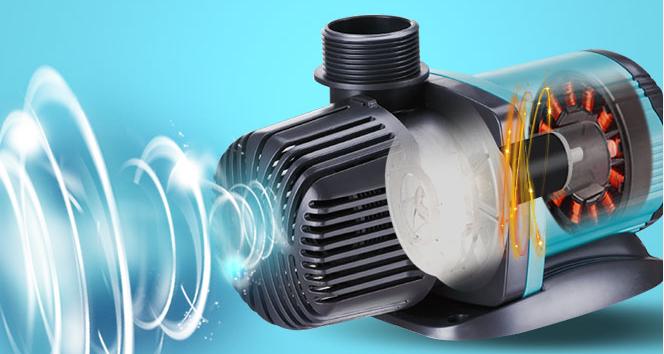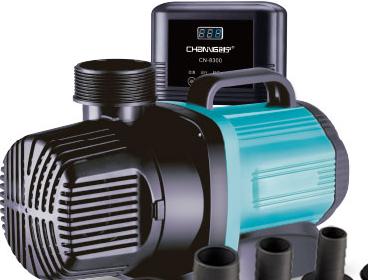Speaking of water pumps, we need to understand the definition and use of water pumps first. A pump is a tool for pumping energy liquid. A machine that converts the mechanical energy of the prime mover into the kinetic energy of pumping liquid. Driven by its power, the liquid is pumped from a low place to a high or far place. Serve people's labor production.
The pump can pump water, oil, acid and alkali solution, liquid metal, pulp, mud, etc. The pump used for pumping water is called a water pump, also called a water pump. Pumps are used for farming irrigation and drainage. It has improved the ability of agriculture to resist natural disasters. It can increase production and ensure harvest. Provide material conditions for the realization of mechanization and water conservancy in agriculture.

A water pump is more than just a machine for pumping liquid, it has many types. In terms of energy conversion, there are two types: rotor pump and rotor-less pump. Rotor pumps are also called colloid pumps, lobe pumps, three-blade pumps or universal transfer pumps. The rotor pump is a positive displacement pump. Multiple fixed volumes in its working chamber can convey the periodic conversion of units. In order to achieve the purpose of transporting fluid. The former type is realized by a high-speed rotating or reciprocating rotor. Convert the mechanical energy of the power machine into energy to lift or press the fluid. Such as vane pump, positive displacement pump, vortex pump. The latter type relies on the working fluid to convert the working energy into the energy for lifting or pressurizing the fluid. Such as water hammer pump, jet pump, internal combustion pump, air pump, etc. The vane pump is the most used in agricultural irrigation and drainage work.
There are several reasons why the rotor pump has no flow or insufficient flow. 1. Low inlet pressure. Check the inlet pipeline to make the pressure meet the specified requirements. Otherwise, cavitation may occur. 2. The inlet pipeline is blocked. The rotor is seriously worn and leaks. Safety valve problem. 3. Check whether the safety valve is not tightly sealed. Whether there is a problem of too low rotational speed or too low viscosity. 4. It is necessary to check the working range of the pump and re-select the type when necessary.

The working principle of the rotor pump is that the two rotors move relative to each other driven by two parallel shafts. Sealed cavities are formed between the rotor and the pump casing, with the twisted blade rubber cam rotor pump as the core. Two helical cam rotors that continuously rotate driven by synchronous gears. Push the delivery medium from the pump inlet to the pump outlet. There is a seal between the rotor rubber impeller and the pump body. Therefore, the inlet and outlet chambers of the pump are partitioned and have vacuum suction power. It uses a three-blade 60° spiral rotor. The instant flow rate at each moment of the pump's revolution is constant. There is almost no pulsation and disturbance.
There are several types of pumps currently in use. IS type single-stage centrifugal pump, S (SH) type single-stage double-suction centrifugal pump. 1200LW vertical volute centrifugal pump and 1700ZLB vertical axial flow pump. Vacuum pumps are mainly SZ-1 and SZ-2.